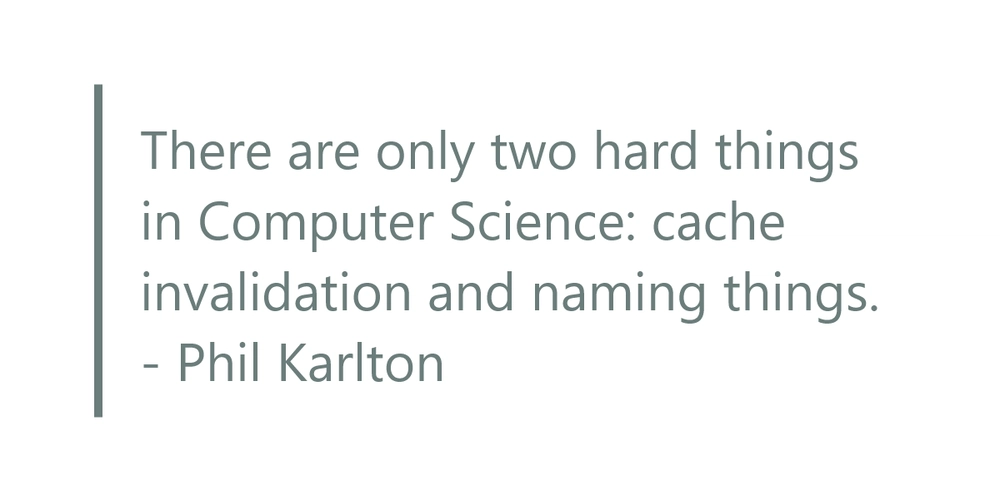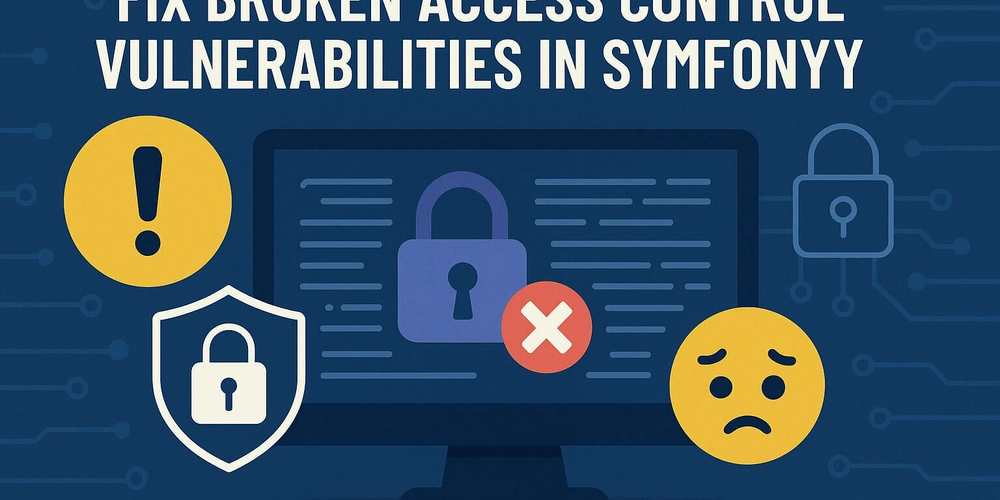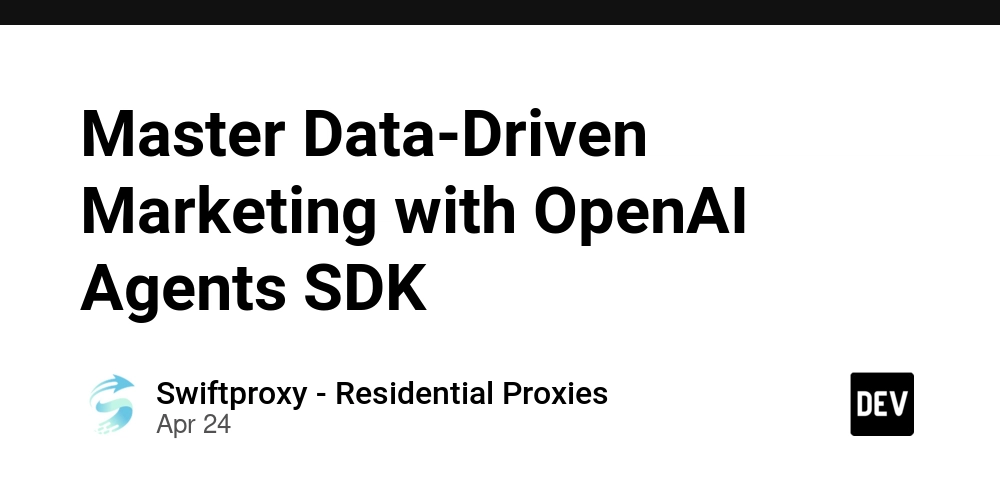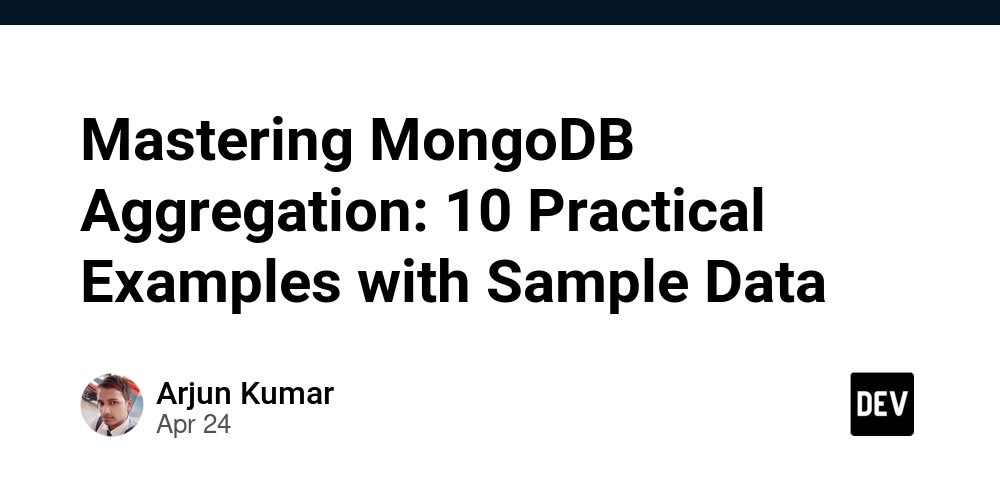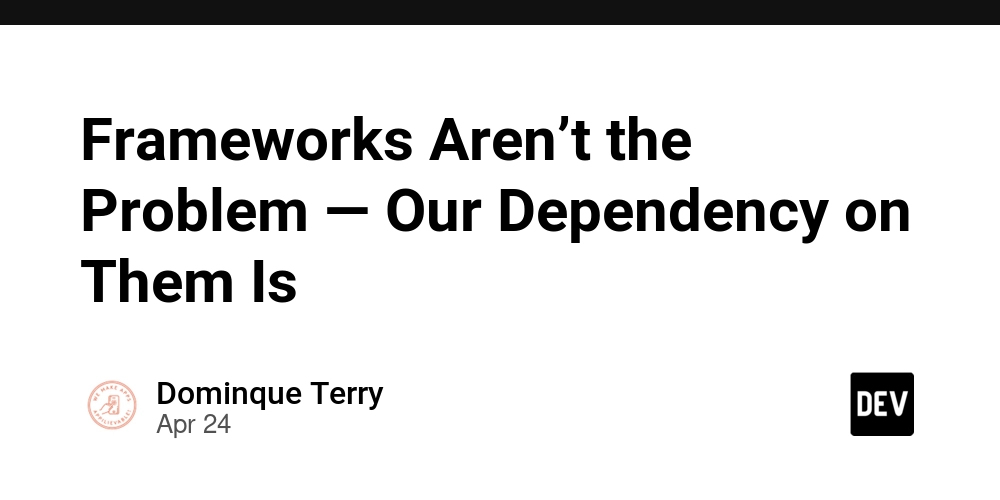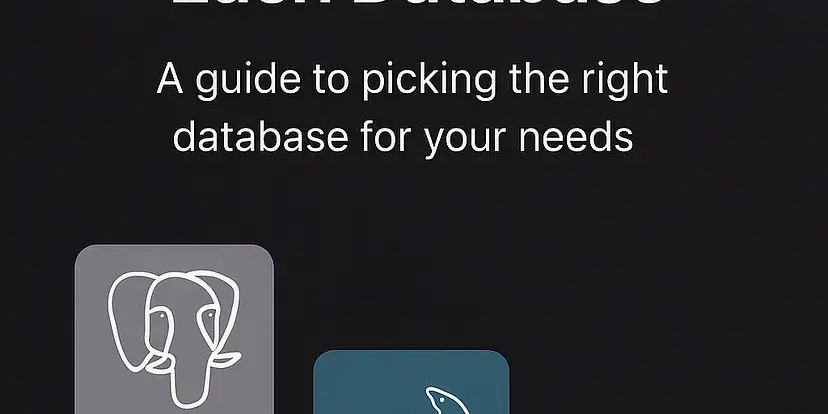
PostgreSQL vs MySQL vs Redis: Choosing the Best Database in 2024
Struggling to pick the right database? This in-depth guide breaks down PostgreSQL, MySQL, and Redis to help you choose the perfect fit and where to host it hassle-free.
So, you've built something amazing. Whether it's a blog, a game, or a SaaS platform, the big question arises: "Which database should we use?". This guide provides an opinionated breakdown of each database, when to use them, and reliable cloud hosting options. Let's dive in!
PostgreSQL: The Powerful, Scalable, and Feature-Packed Choice
PostgreSQL is the database equivalent of a Swiss Army knife. It is powerful and versatile and can handle various data types and complex queries. Think of it as the go-to solution when you need performance and features.
Why Developers Choose PostgreSQL
- Advanced SQL Prowess: PostgreSQL handles complex queries, recursive CTEs, and window functions with ease. Dive deep into data manipulation and analysis.
- JSONB Flexibility: Combine the best of both worlds with JSONB. Enjoy NoSQL-style flexibility with SQL's structure and indexing.
- Extensive Extensions: Extend PostgreSQL's capabilities with PostGIS for geospatial data, TimescaleDB for time-series data, and pg_trgm for fuzzy searching. Customize your database to fit your needs.
- Data Integrity: Ensure data quality with strong typing and constraints. Catch errors early and maintain a clean, reliable database.
When to Use PostgreSQL
- Complex Applications: SaaS platforms, CRMs, analytics dashboards, and fintech applications.
- Flexible Data with Strict Safety: Need the flexibility of JSON but the reliability of constraints and transactions? PostgreSQL is your winner.
- Future Scalability: If you anticipate scaling, PostgreSQL offers excellent vertical and horizontal scaling options.
- Complex Data Models: When your data model is complex and requires advanced features.
When to Avoid PostgreSQL
- Rapid Prototyping: If you need a quick, zero-config solution.
- Hate Reading Documentation: PostgreSQL requires some study and understanding.
- Simple Caching or Key-Value Storage: Redis is better suited for these tasks.
MySQL: The Reliable and Battle-Tested Database
MySQL is the dependable, battle-tested database. It focuses on simplicity and reliability. It’s the database equivalent of "if it ain’t broke, don’t fix it".
Why Developers Still Choose MySQL
- Blazing-Fast Reads: MySQL excels at handling read-heavy workloads. Perfect for blogs, catalogs, and landing pages.
- Massive Ecosystem: Extensive documentation, tutorials, and community support available. Find answers to your questions quickly.
- Easy to Learn: A smooth onboarding experience for junior developers and ideal for LAMP stack projects.
When to Use MySQL
- Content-Heavy Websites: Blogs and e-commerce sites.
- Simple Relational Database Needs: When you need a straightforward database without unnecessary features.
- Extensive Community Support: When you want reliable help and a wealth of resources.
When to Avoid MySQL
- Deep JSON Support or Recursive CTEs: PostgreSQL is better suited for these tasks.
- Highly Normalized, Complex Schemas: Difficult to manage.
- Out-of-the-Box Horizontal Scaling: Requires complex configurations.
Redis: The Lightning-Fast In-Memory Data Store
Redis is an in-memory data store for speed. It sacrifices data persistence for incredible speed. Think of it as the caffeine-fueled speed demon. Key-value storage is lightning fast with Redis.
Why Developers Love Redis
- Unmatched Speed: In-memory storage provides extremely low latency.
- Time-To-Live (TTL): Set keys to expire automatically, ideal for caching and session management.
- Pub/Sub Functionality: Built-in messaging for real-time applications.
- Versatile Data Structures: Supports strings, lists, sets, sorted sets, and hashes.
When to Use Redis
- Caching Layer: Improve performance by caching frequently accessed data.
- API Rate Limiting: Protect your API by limiting request rates.
- Real-Time Leaderboards and Metrics: Display real-time data with minimal latency.
- Session Storage: Store session data for web applications.
- Lightweight Message Queue: Implement simple message queues without heavier solutions like Kafka.
When to Avoid Redis
- Persistent Storage: Data is lost on server restart unless configured for persistence.
- Large Data Volumes: Limited by available RAM.
- Full-Blown Relational Database: Redis is not designed as a primary relational database.
Cloud Hosting Showdown: DigitalOcean vs. Linode vs. UpCloud
The cloud hosting choice will depend on your use case. Managed database hosting makes life easier. Let's look at some considerations for DigitalOcean, Linode (Akamai), and UpCloud.
DigitalOcean: The Developer-Friendly Cloud
- Managed Databases: Supports PostgreSQL, MySQL, and Redis.
- Features: Auto backups, daily snapshots, read replicas, and robust security.
- User Interface: Clean and intuitive.
- Best For: Startups, solo developers, and bootstrapped projects.
Linode (Akamai): The Budget-Friendly Option
- Managed Databases: Supports PostgreSQL, MySQL, and MongoDB.
- Features: Part of Akamai, enterprise-ready.
- Pricing: More affordable than DigitalOcean, but UI is less polished.
- Best For: Cost-conscious developers and DIY enthusiasts.
UpCloud: The High-Performance Choice
- Managed Databases: Supports PostgreSQL, Redis, and MySQL.
- Features: High IOPS, customizable configurations, and private networking.
- Performance: Best for performance-critical applications.
- Best For: Performance-focused teams and API-driven projects.
Real-World Use Cases: Choosing the Right Database for the Job
Let’s explore how these databases are used in common scenarios.
- Blogging Platform or CMS:
- Stack: MySQL + Redis (optional)
- MySQL: Handles post metadata, users, tags, and comments.
- Redis: Caches popular articles and rate-limits comments.
- E-commerce Site:
- Stack: MySQL or PostgreSQL + Redis
- MySQL/PostgreSQL: Stores users, orders, products, and inventory.
- Redis: Manages real-time carts, flash sale limits, and session tokens.
- SaaS Dashboard with Analytics:
- Stack: PostgreSQL (+ TimescaleDB or ClickHouse)
- PostgreSQL: Handles complex joins, filters, and time-series tracking. Excellent for detailed reports.
- Real-Time Chat App:
- Stack: Redis (Pub/Sub) + PostgreSQL or MySQL (for history)
- Redis: Manages instant message broadcasting.
- SQL DB: Stores conversation logs and user metadata.
- Subscription Billing System:
- Stack: PostgreSQL (with triggers + JSONB magic)
- PostgreSQL: Manages nested invoices, billing cycles, and webhooks with dynamic pricing.
- Leaderboard / Gaming Stats:
- Stack: Redis + Backup DB (PostgreSQL or MySQL)
- Redis: Sorted sets for real-time leaderboards.
- SQL DB: Persists data periodically for backup.
Conclusion: Make the Smart Choice
Picking between PostgreSQL, MySQL, and Redis depends on your specific needs. Consider the use case and choose the database that best fits your performance and maintenance requirements. Don't forget to choose a reliable managed database hosting provider to simplify your life and focus on what truly matters – building your application!




